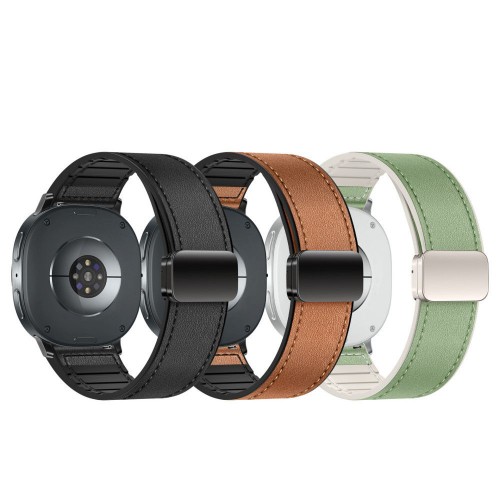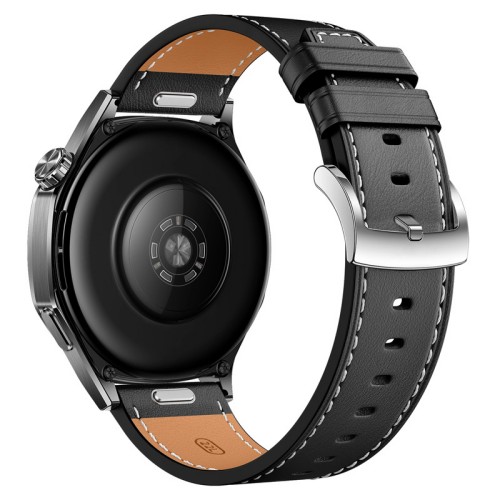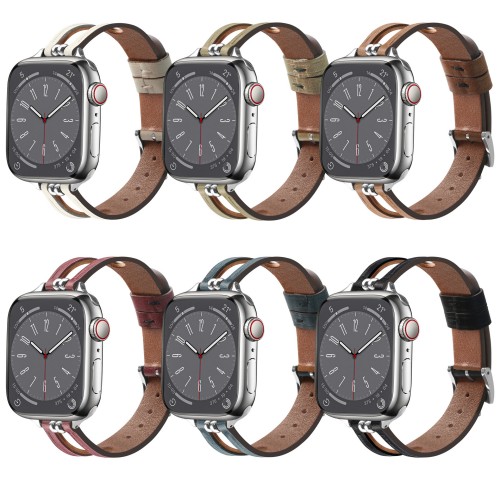Inside the Lab Testing Methods for Sweat Resistance Waterproofing and Durability of Leather Watch Bands
For professional watch strap suppliers, quality assurance is essential to stand out in the competitive leather watch band market. Leather straps combine elegance and comfort, but they must also withstand sweat, moisture, and daily wear. This requires precise laboratory testing to guarantee performance and longevity.
Here we reveal the core lab methods used to ensure every leather band meets high standards for B2B buyers worldwide.
1. Sweat Resistance Test
Leather watch bands must endure prolonged skin contact without degrading.
-
Bands are exposed to synthetic sweat solutions (pH 4.5–6.5) in controlled conditions for 24–48 hours.
-
Engineers inspect for color changes, odor, surface texture degradation, and stitching integrity.
-
Premium leather with protective coatings resists staining and maintains flexibility after repeated sweat exposure.
Purpose: To ensure leather bands remain attractive and comfortable for extended wear, especially for sports or warm climates.
2. Waterproof and Moisture Resistance Test
Leather naturally absorbs moisture, so waterproofing treatments are crucial for durability.
-
Bands undergo immersion or spray testing under defined conditions.
-
After exposure, bands are evaluated for shape distortion, swelling, and surface changes.
-
Advanced testing simulates real-world conditions such as rain, perspiration, and hand washing.
Result: High-quality leather bands treated with water-repellent coatings maintain their appearance and structure for years.
3. Durability and Wear Resistance Test
Durability is measured with mechanical stress and wear simulations.
-
Leather bands are tested under tensile strength and bending cycles to ensure they withstand repeated fastening and twisting.
-
Edge wear and stitching durability are closely monitored.
-
Colorfastness tests ensure dyed leather does not fade with use.
Goal: To confirm the band will retain comfort, style, and strength throughout daily wear.
4. Environmental Aging Test
Leather straps face challenges from heat, UV light, and humidity.
-
Samples are placed in UV light chambers and high-humidity environments for extended periods.
-
Testing evaluates fading, stiffness, and leather surface cracking.
Key advantage: Premium leather bands with protective coatings resist aging effects while maintaining texture and elegance.
Conclusion
Laboratory testing for leather watch bands is essential to ensure sweat resistance, waterproofing, and durability. By applying scientific quality control, manufacturers guarantee every strap meets the expectations of B2B clients looking for luxury, comfort, and long-lasting performance.
For brands supplying leather watch bands to discerning clients, verified durability and sweat protection are key selling points — enhancing trust and reducing returns.



